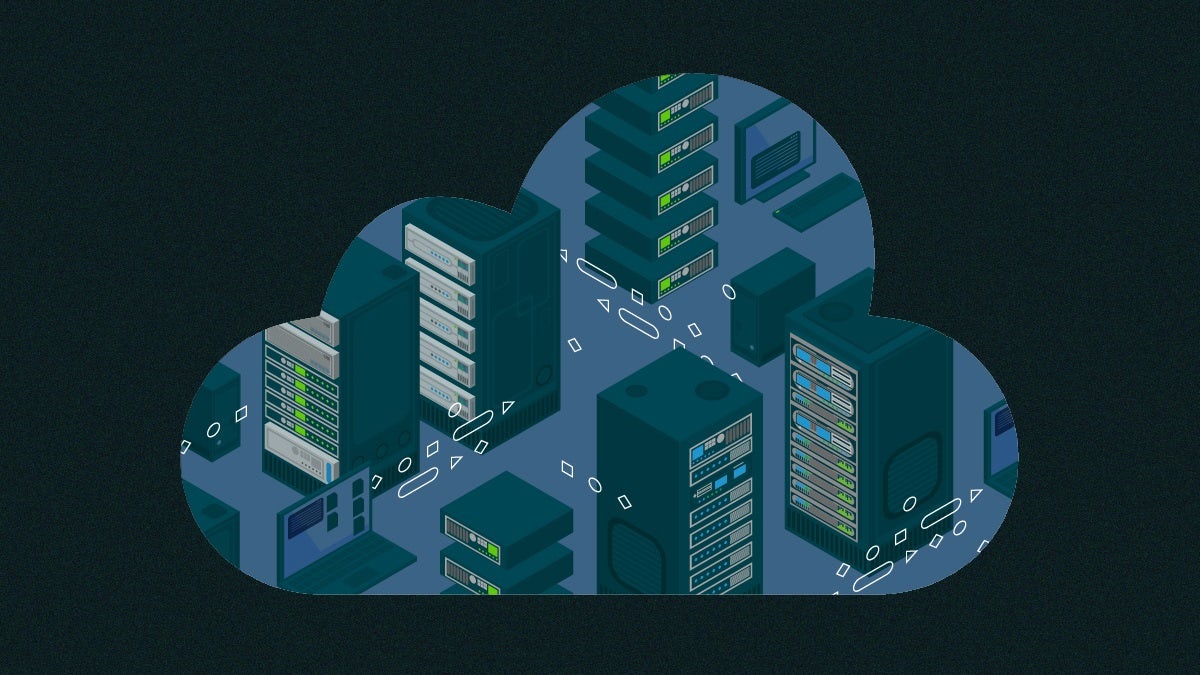Essential DevOps principles

Director, Web and Content Strategy

DevOps principles are software delivery practices that drive efficient, reliable, and secure development through collaboration and automation. At its core, DevOps emphasizes shared responsibility between development and operations teams, supported by fast, automated feedback and proactive communication.
DevOps brings a vast toolkit to modern software development, including CI/CD systems for automated builds and deployments, testing frameworks to maintain code quality, monitoring tools for system visibility, and security audit tools for proactive protection. While these tools play a crucial role in implementing DevOps, the mindset behind their use is even more critical.
In this post, we’ll dive deeper into the core principles that make DevOps effective, including how a strong culture of collaboration, automation practices, security-first approaches, and meaningful metrics can transform your software delivery pipeline. Whether you’re just starting or refining your DevOps approach, these insights will help you create a resilient, high-performing environment.
Core DevOps principles: Culture and collaboration
The most fundamental requirement for a successful DevOps implementation is an environment focused on collaboration and continuous improvement. Here are some essential cultural practices to help establish a DevOps mindset in your organization:
-
Align on objectives: Define what you aim to achieve with DevOps clearly and ensure all team members understand the goals and the challenges DevOps will address. This alignment encourages buy-in from both development and operations teams, making it easier to work towards shared goals.
-
Start small: Begin your DevOps journey with a pilot team or a specific project rather than implementing across the organization all at once. Starting small allows your team to experiment, identify what works, and refine processes before scaling DevOps practices organization-wide.
-
Data-driven improvement: Use data to track progress and identify areas for growth. Establish baseline metrics (such as build times and deployment frequency) to measure against and focus on making measurable, incremental improvements over time. This continuous approach to monitoring and optimizing processes ensures ongoing value from DevOps initiatives.
For more information on establishing an effective and resilient DevOps culture, download The Building Blocks of DevOps Culture.
Automation and continuous integration/continuous delivery (CI/CD)
Automation is a pillar of DevOps that allows teams to reduce manual tasks, standardize processes, and increase delivery speed. However, effective automation is iterative—start with the essentials, such as build and test automation, before scaling up.
-
Automated testing and pipelines: Automated CI/CD pipelines allow teams to test and deploy code continuously, providing quick feedback on code changes. Implementing automated tests at each stage of the pipeline ensures quality without slowing down development.
-
Infrastructure as Code (IaC): With IaC, teams can version control their infrastructure, making it repeatable and consistent. CircleCI supports IaC through integrations with tools like Terraform, helping automate deployment setups and configurations.
To learn more about automated testing with CI/CD, download Software testing for DevOps-driven teams.
Security-first DevOps with DevSecOps
With DevOps principles expanding to DevSecOps, security is now embedded within every stage of the CI/CD pipeline. Securing DevOps pipelines is essential given the wide-ranging access CI/CD systems have to sensitive information and production environments.
-
Secrets management: Secure secrets management is critical in CI/CD pipelines to protect sensitive data. CircleCI offers built-in secrets management and integrates with external secrets managers to keep credentials and tokens secure across builds.
-
Automated security checks: Security policy enforcement and code analysis ensure that sensitive data is protected and vulnerabilities are caught early. CircleCI’s orbs offer reusable security configurations to enforce policies and monitor for vulnerabilities.
-
End-to-end encryption: Protecting data at rest and in transit ensures that CI/CD workflows are secured throughout the pipeline.
To learn more about adopting a DevSecOps methodology, download Vulnerability management and DevSecOps with CI/CD.
Set meaningful DevOps goals and measure success
Successful DevOps relies on meaningful metrics that provide insight into development performance and guide improvements. Key metrics like deployment frequency, change lead time, and mean time to recovery (MTTR) allow teams to track progress and identify bottlenecks.
-
Focus on incremental improvements: Establishing and monitoring benchmarks over time is more impactful than chasing arbitrary ideals. Gradual improvement builds a resilient DevOps environment.
-
Tailor metrics to team needs: Metrics should be relevant to the team’s specific goals, whether that’s reducing deployment time or improving quality in production.
CircleCI provides insights into these key metrics, allowing teams to track everything from build times to recovery rates to resource usage. By leveraging these analytics, organizations can set realistic goals and measure incremental progress.
For more information on software delivery metrics and benchmarking, download the 2024 State of Software Delivery report.
Embracing modern DevOps principles
The principles of DevOps—collaborative culture, automation, security integration, and continuous improvement—enable teams to deliver software faster, more reliably, and more securely. With CircleCI’s powerful CI/CD platform, teams can apply these DevOps principles effectively, building a resilient software delivery pipeline that adapts to modern demands. By focusing on alignment, automating judiciously, embedding security, and measuring progress, organizations can set a strong foundation for DevOps success.
Ready to put DevOps principles into action? Sign up for a free CircleCI account to start building a secure, reliable, and scalable CI/CD pipeline today.




